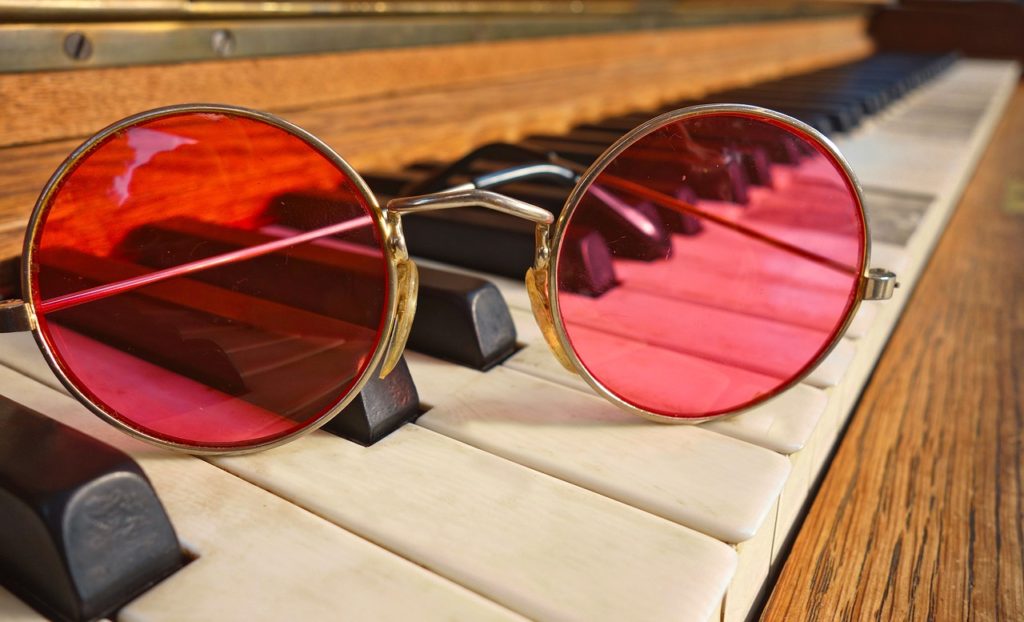The above examples show how to color code musical diagrams for guitar. Here we have the easy C and easy E minor chords, like what would show up in a method book for young beginners.
Guitar books use chord frames all the time. Chord frames can be thought of as a subset of tablature, i.e., notation that explains the instrument graphically.
Typically, chord frames use three sets of numbers for:
- fingers
- frets
- strings
Even typical learners sometimes get confused about which numbers means what. For LD students, the issues just become compounded.
Notice that I have labeled what each set of numbers does. I continue to do this until the students have shown they have mastered the concepts. For some students, this can take years.
Students with LD and ADD have issues with reversing images. With this in mind, I’ve labeled which string is the thinnest, and which string is the fattest. Many students will understand this better than labeling them as string #1 and string #6.
Like with the piano diagram, I have color coded the notes. For the fretted note, I colored over the dot. With the open strings, I traced along the length of each string with a colored pencil. The strings that the students don’t play, the ones that have an X over them, you’ll leave blank.
In addition, I have color coded the name of each chord. This becomes especially helpful when students comp chords, like in middle school jazz band.
Coloring the chord symbols in the score links the chords in the sheet music with the color coded chord frames. Color really speeds up the student’s reaction time while comping. The example below shows a rock comping pattern.


